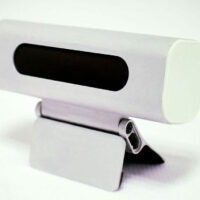While there are plenty of books on the various methods of fabrication techniques, a select few ever appear on the subject of modelmaking and protoyping for product design purposes. Sure, there is value in learning dovetail joints and proper bandsaw maintenance, but the core values of these existing books tend to veer into ‘shop class’ or machine shop essentials territory without getting to the what, why, or how of modern prototyping practices. Prototyping and Modelmaking for Product Design is the first of its kind in that it takes various methods of modelmaking techniques and precisely puts them in context to the modern day product design process. Whether you’re bouncing on the upper echelons of your professional career or just starting from scratch, this book is an invaluable resource for staying fresh in the model shop.
A Model Shop Essential for Product Designers

Anybody who has picked up one of the Portfolio Skills books by Laurence King Publishers knows the drill: clear, concise content with real-world examples and a healthy dose of step-by-step tutorials. To take a field as wide as industrial design and create a book about the prototyping process is not an easy task—yet author Bjarki Hallgrimsson pulls it off with a wide variety of examples that explore everything from outdoor barbecue tools to small electronics and kitchen appliances to backpacks. The multiple step-by-step examples are laid out perfectly in terms of real-world application and best practices: while a highly-stylized bicycle helmet prototype is constructed from modeling clay, a minimalist kitchen toaster is constructed from foamboard. Few details—if any, are overlooked: there is even a step-by-step tutorial for creating printable screen graphics on an XPS foam model and a section on patternmaking for soft goods design. Among others, here are a few of the materials and processes that feature multiple step-by-step instructions throughout the book:
- Paper
- Foamboard
- Polystyrene Foam
- Thermoplastic Sheet and Extruded Shapes
- Polyurethane Modeling Board
- Wood
- Modeling Clay
- Casting
- Painting
- Graphics, Labels, and Decals
While the presentation of fabrication methods and techniques listed above are certainly informative, Hallgrimisson never seems to lose sight of why we create models in the first place: the book also includes a section on generating feedback from user testing as well as methods for furthering idea generation as the design iterations start to fill up the table. Hallgrimsson also gives a great summary of exploration guidelines that should be printed and posted in every model shop…school or not:
- These prototypes are mostly built for yourself, to help you understand what you are doing.
- Keep the model simple and free of details that detract from its purpose.
- Make appropriate use of materials. Also use materials to experiment.
- Build models in parallel to explore different issues, for example, works-like versus looks-like prototypes.
- Think of the prototype as disposable. This is an experiment to answer questions: try to learn from the model.
But the awesome doesn’t stop there.
The book also dives into safety standards testing, methods for prototyping with other disciplines (i.e. working with somebody from the marketing department who knows nothing about the prototype process), and the various phases of design verification including aspects such as heat dissipation and how it should go about being tested both physically and through digital simulation, among other verification types.
While some industry veterans may consider themselves well-versed on the topic of modelmaking and prototyping already, this book condenses years of experience into a unique one-of-a-kind guide that will be hard to not pick up every now and again for a quick refresh. Needless to say, the book also needs to be glued into the hands of every product design student alongside their pencil and sketchbook…if the model shop is their church, then this is their bible.

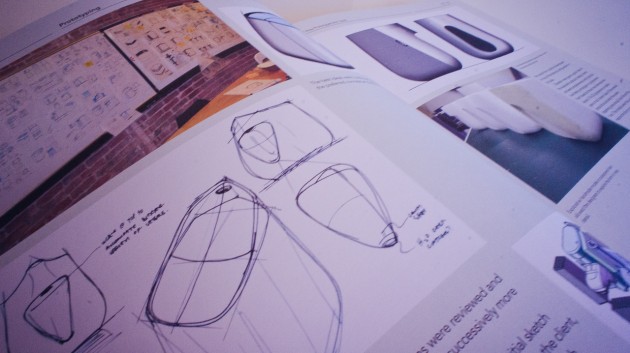
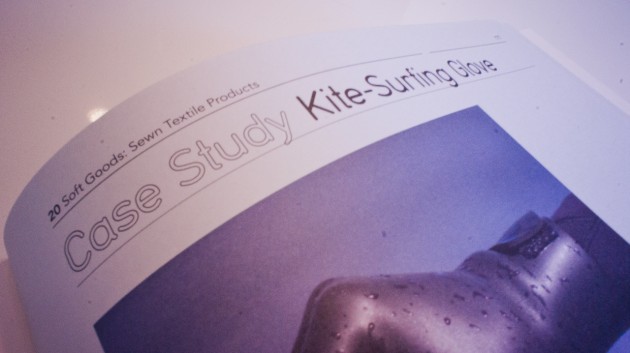
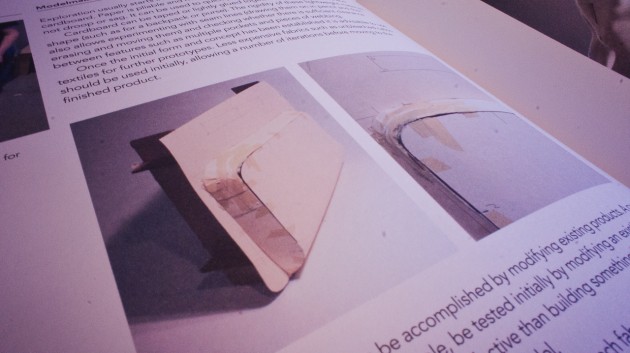
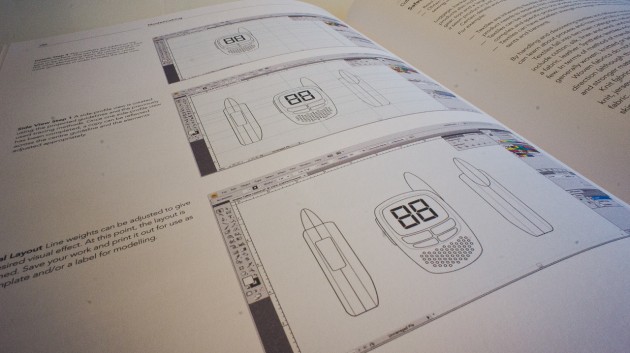
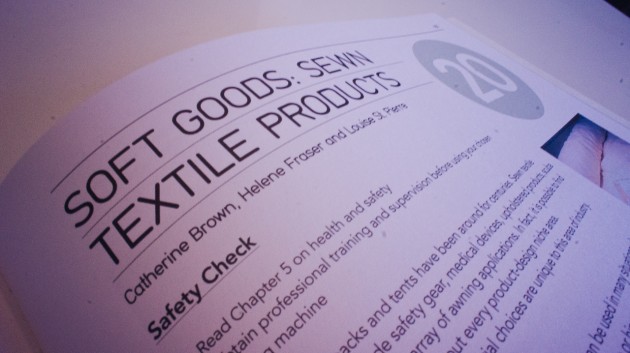
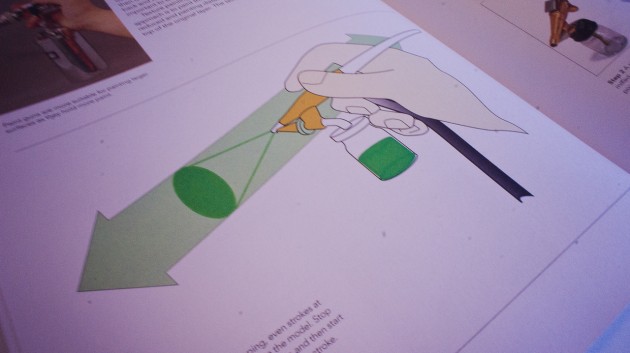
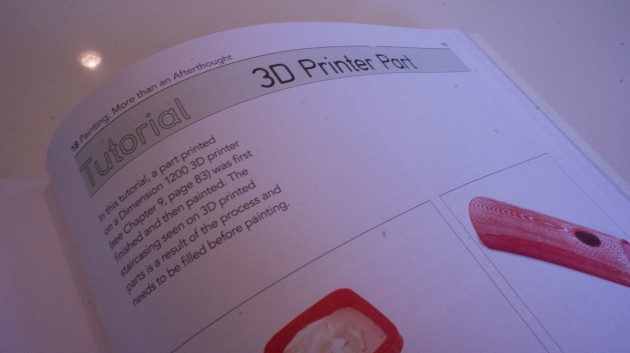
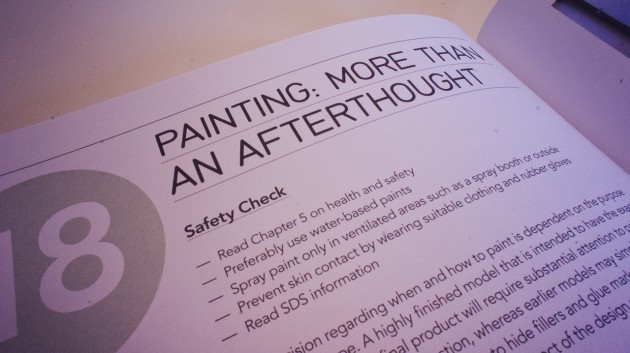

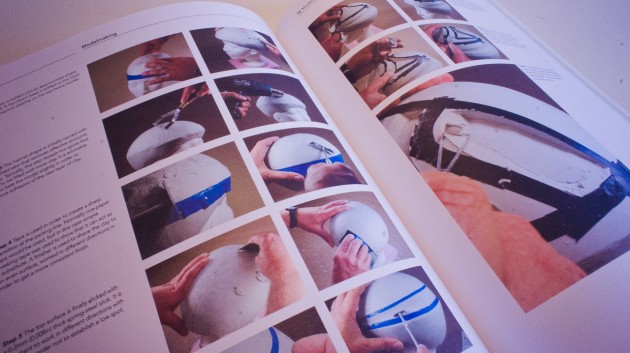
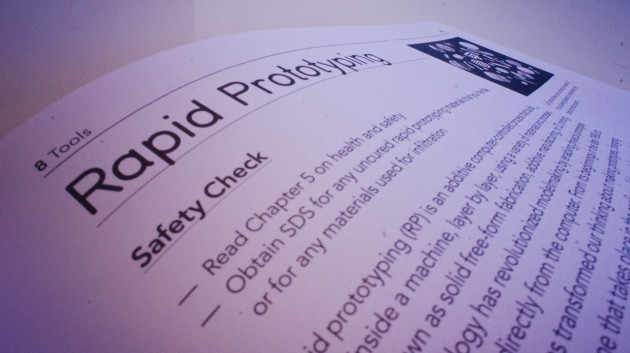
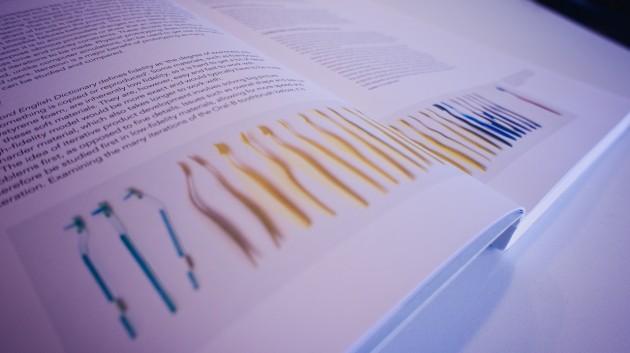
The book is currently available for $32.11 on Amazon.


